Is this paradise?: 15 years of Liverpool ONE
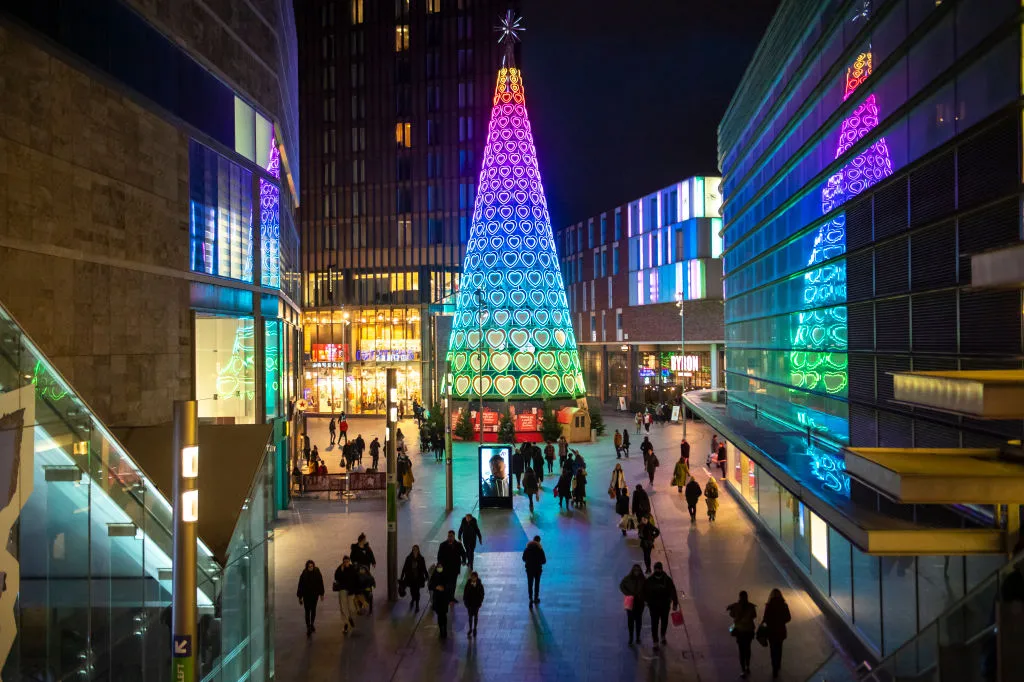
Who really owns Liverpool’s retail mecca?
by Jack Walton
I have seen whole families with shopping bags dangling from every limb, like a squadron of over-decorated Christmas trees. I have seen a grown man attempting to run the wrong way up an escalator moments after being ejected from Junkyard Crazy Golf by a bouncer. I’ve seen the same man throwing up into a stein in Bierkeller some 45 minutes later.
I’ve seen a game of outdoor Paradise Street ping-pong stray into the Pret a Manger doorway where a group of women huddled. I’ve seen a boy give chase and retrieve the ball apologetically, while his friend stood at the far end of the table and loudly proclaimed him a “knob”. I’ve heard tales of flash mobs and flash sales, Black Fridays and prestige pricing.
In May, Liverpool ONE will be celebrating its 15th birthday. A decade and a half on from its grand entrance as Merseyside’s retail mecca, as I walk through on a Wednesday afternoon, it still feels fresh; a place for people to shop and frolic and eat themselves from chain restaurant to chain restaurant until they’re sated and happy and weighed down by Pizza Express dough balls and Ted Baker bags. It’s the bit of Liverpool that most behaves like a 21st century city is meant to behave, where the £3 pints and tipsy mid-afternoon karaoke experience just a few hundred metres away feels like another world.
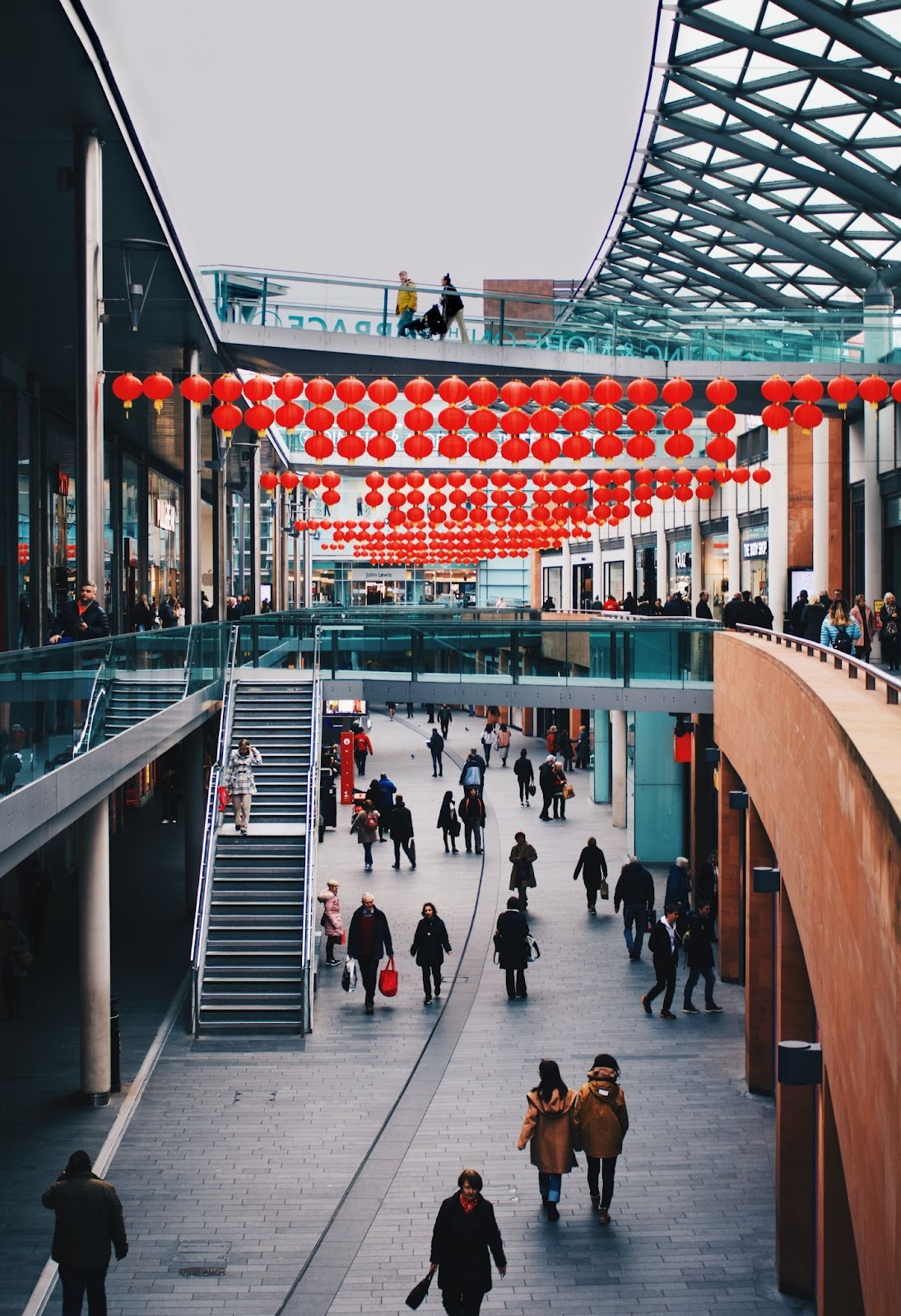
15 years ago, the arrangement that brought Liverpool ONE to life attracted a lot of stick. It's a well known tale now, but the city council, controlled by a boosterist gaggle of Lib Dems, came up with a radical agreement to hand over 42 acres of city centre land to property group Grosvenor, owned by the Duke of Westminster.
At that time it was the “Paradise Project”, named after Paradise Street. It wasn’t Liverpool’s first crack at creating paradise through central planning. The 60s saw a radical remapping of the city’s shopping landscape; the arrival of St John’s in 1969 — perhaps mankind’s most notable leap forward of that year — was every bit as radical and controversial, wiping out streets and reconfiguring the map. But it was a hit at the time, popular and genuinely transformational. Now of course, St John’s is widely regarded as utterly crap, because paradise isn’t necessarily permanent.
The land sale to Grosvenor was a disquieting arrangement to many for this reason. The length of the lease, 250 years, was very, very long. Handing over that much public land for such a length of time was criticised as anti-democratic. The queen might own the swans in Sefton Park, but the Duke can keep his hands off the land housing JD. That belongs to the people.
Only it didn’t anymore. £1 billion injected and a huge leg up the UK retail ranking table — from 17th to 5th — was too hard to turn down. Gerald Grosvenor, the Duke at the time (and 6th in his lineage), only carried out one public speaking engagement at the time of the launch, which was — perhaps unsurprisingly — held in the Athenaeum private members club. He was asked by a journalist, “why now?” and replied that his family had had their sights on Liverpool for some time. “Since the 80s?” the journalist supposedly pressed him. “No, since the 1800s,” Gerald shot back.
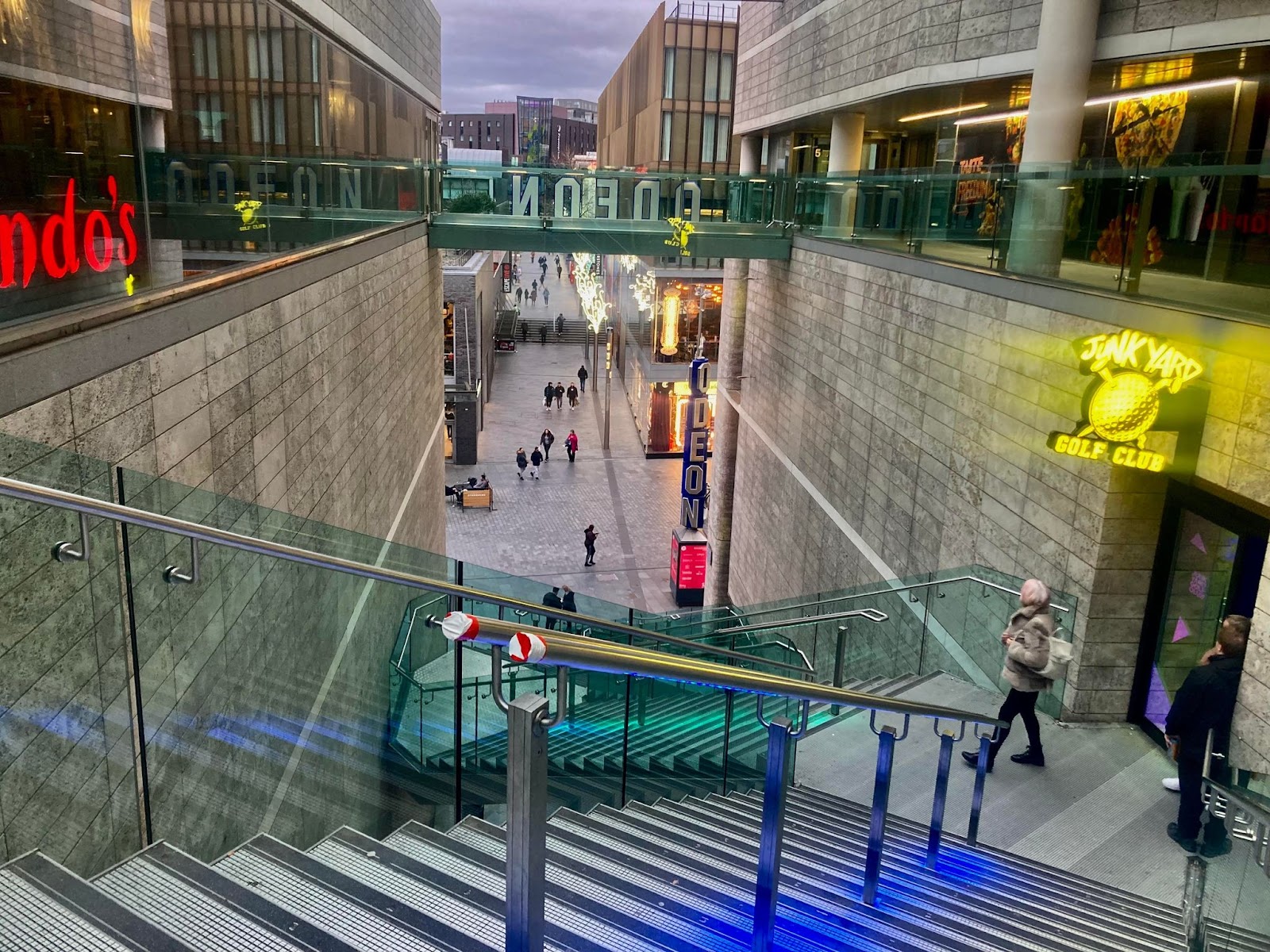
It will be the 2200s by the time the Westminster’s lease on the land expires. The Grosvenors are old money, money that sticks around. They’re in it for the long haul. By comparison to say, Peel, who also lord over large swathes of the city’s land, Grosvenor are playing a very different game, explains Paul Jones, who lectures in sociology and social policy at the University of Liverpool. “Peel have referred to themselves as cash poor and asset rich,” Jones says. “They want to turn a quicker profit and get someone else to pay for development.” Grosvenor are different beasts. The Duke of Westminster is nothing if not very cash rich, which means he isn’t necessarily looking for “immediate profits”, in Jones’s words. “But over 250 years you know the terms will be favourable to them. Grosvenor has an evident track record of making these things pay.”
Jones was only one of a number of people who raised concerns at the time. He worried that the exact nature of the agreement with Grosvenor, and precisely how the city was benefiting from it, was not known, and that in the long-term it might not benefit the city. In 2006 the Royal Institution of Chartered Surveyors (RICS) produced a landmark report entitled What Kind Of World Are We Building? examining the growing private ownership and management of the public realm, describing places like Paradise as "over-controlled, sterile places which lack connection to the reality and diversity of the local environment".
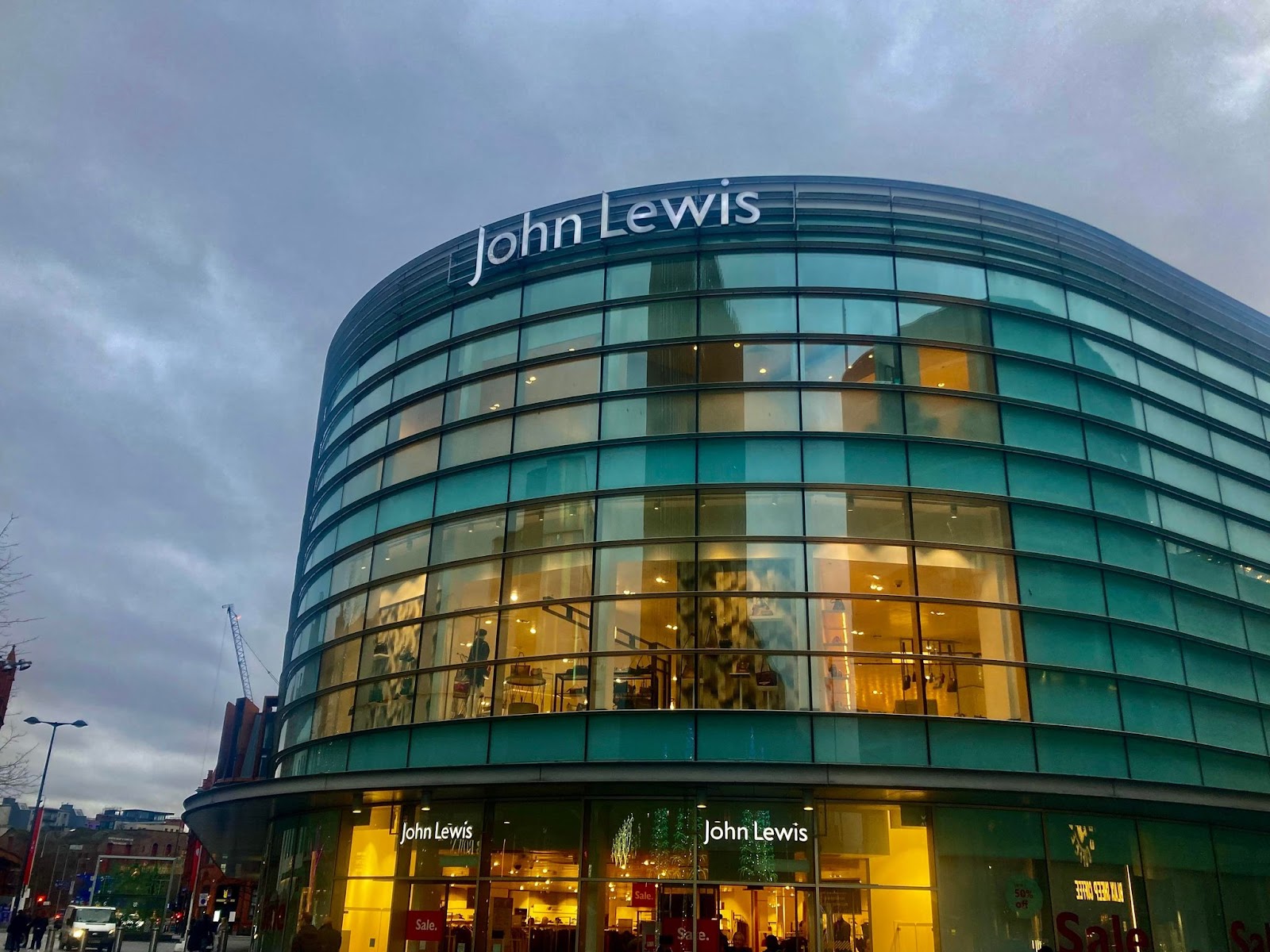
But while there’s probably some truth in that, it's also worth remembering what, in Liverpool ONE’s case, came before it: a wasteland. Chavasse Park was a grassed over bombsite with a sinewy path from South John Street to the Strand. Venturing off Lord Street was taking a step into the great unknown. Regeneration work was underway down on the dock, but the city centre remained a blighted anachronism. The arterial networks of big name brands and floating walkways we now have might not be to everyone’s taste, but they were a mighty leap forward.
Many of the most lurid predictions about giving over public space to private companies never came to pass either, not explicitly at least. Those were the days when Bluewater shopping centre in Kent had imposed a hoodie ban on its premises and fears were that the new overlords of Liverpool’s streets would start laying down bizarre authoritarian laws of their own. Nightmarish visions of stony-faced men in long leather coats frog marching away buskers for singing “Wonderwall” out of key abounded, but ultimately weren’t founded.
Nonetheless, Jones is unconvinced. “That’s a justification they always make, that there was nothing there before so we need to do something to attract any kind of investment, but who is actually profiting?” For him, it isn’t necessarily about overt displays of mad authoritarianism outside the Apple Store, it's about the basic idea of selling off public space to private companies.
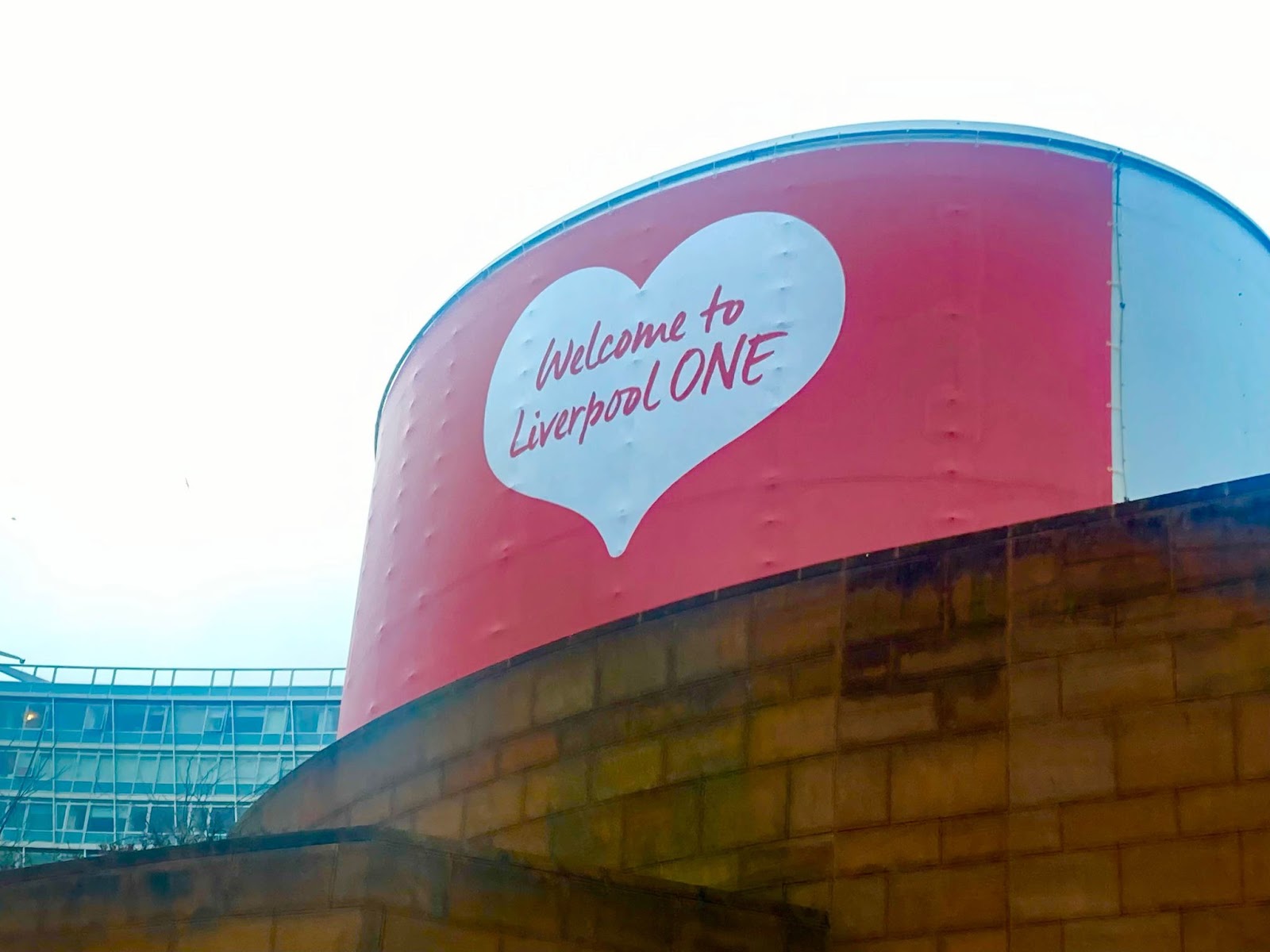
Which is fair: it doesn’t seem outlandish to claim that city planners and politicians may sometimes design cities with more of an eye to profit than focusing on the enjoyment of those who live there. UK cities often strike me as unique in terms of their lack of public spaces to just hang out and exist without spending much money. In Spain, there are plenty of town squares where you might loll about, newsagent beer in hand. In Germany, you might head to a Küfa — a community dinner cooked by volunteers for a nominal fee — or a free arts event in a community centre.
But especially for the city’s young people, shopping centres, Liverpool ONE included, are kind of like that in their own perverse way. They are places where people just hang out, have embarrassing first dates, loiter around after school because it beats going home. It’s not the Plaza del Sol — but it’s something. In the summer months teens engulf most of those weird artificial grass steps outside John Lewis, like the Agora of the slightly-bored Tiktoker. Even if you construct a city around businesses and ventures, people will often find a way to use it in a way that suits them.
Perhaps this is partly why dissenting voices are rarer now though. “It’s perfectly cohesive,” says human geographer Les Dolega, who co-wrote the 2020 research paper Exploring the geography of retail success and decline: A case study of the Liverpool City Region (Liverpool ONE was noted as one of the successes). “It’s integrated well into the city centre and it connects the city up to the docks”.
That’s true. Liverpool, in its own charming way, can be an ungainly mix-match of styles and ideas, layered up on top of each other. Cities are meant to be this way of course, built up organically by the tastes and needs of different eras, but it helps to have a Liverpool ONE, pre-packaged, tying things together. Before it, as Dolega notes, the docks and retail area were severely disconnected. Now, if you fancy a spin in the big wheel as your doughballs digest, then there’s nothing stopping you.
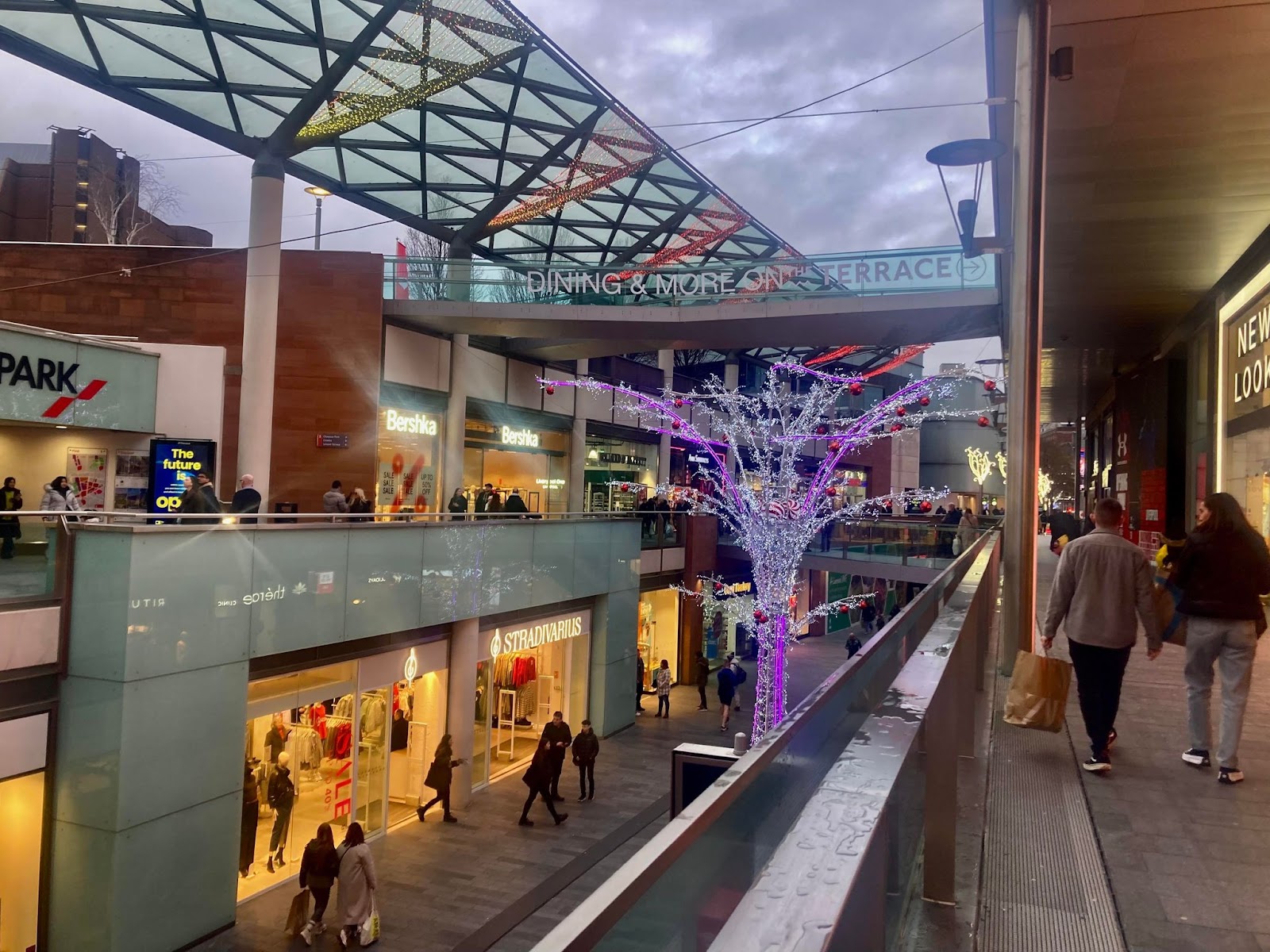
Dolega accepts some of the concerns about the long-term sustainability of Liverpool ONE, but unlike Jones, believes that in 2008 Liverpool was in no position to say no: “The land could be left derelict like other areas have been, or you could make it into a nice public realm with business rates income for the council. It’s simple,” he says. And that’s not mentioning the 4,400 jobs it brought.
Bill Addy of the Liverpool Business Improvement District, or BID, who represents over 1000 city businesses, concurs. ““There’s always a danger when something new arrives that that which is older starts to be forgotten,” Addy says. “But we haven’t really seen that.”
For him, it provides a model of what needs to be expanded out into the rest of the city centre going forward: “It has a location and identity in its own right and we really need to achieve that everywhere,” he says.
He’s not wrong. It does have an identity, which is somewhat strange in itself. The paradox of Liverpool ONE is that it was in many was a groundbreaking and unique project — mapping the architecture and cosmic spirit of an out of town mall directly onto the pre-existent streets of a city — which endeavoured to create something the opposite of groundbreaking or unique: an area with all the same shops as every other big city. And yet it has, for better or worse, an identity of its own, a sense of being a coherent whole in a city of fragment parts.
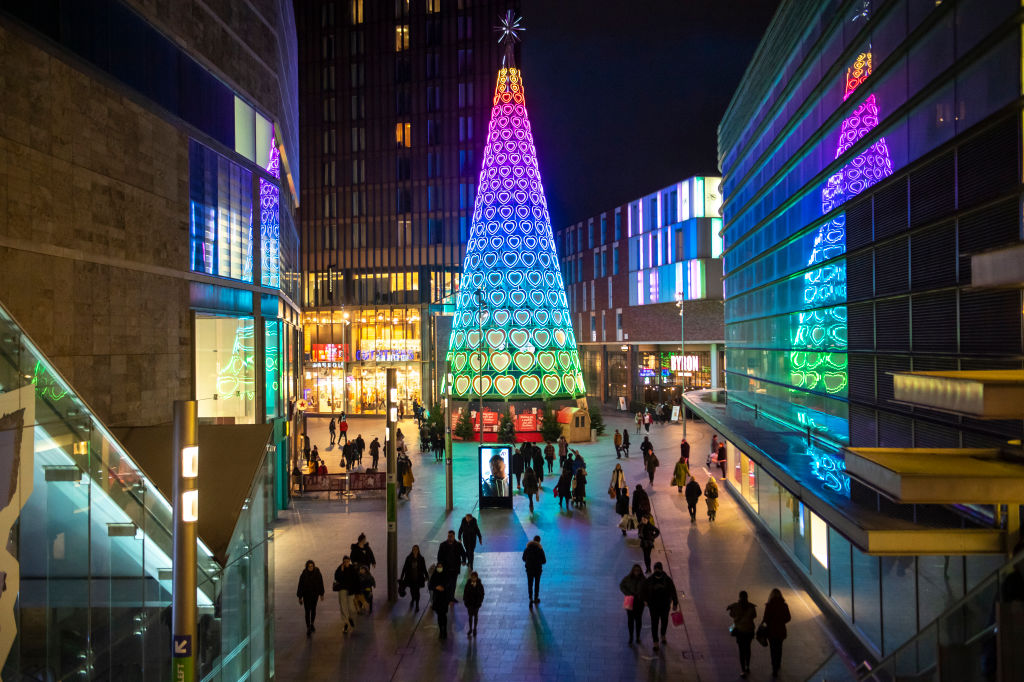
"Today's developers are more concerned with the principles of the shopping mall than with creating places able to stand the test of time,” the RICS report concluded. They believed time, ultimately, wouldn’t be kind. Whether that prediction comes to pass is for the folk of 2258, when the lease expires. Whatever David Brent might tell you, a good idea is not necessarily a good idea forever. Uncertainty still lingers over the exact nature of the contractual relationships between the council and Liverpool ONE. It seems pretty certain the 7th, 8th, 9th and 10th Westminsters will be laughing all the way to the crypto-bank in the distant future, but whether Liverpool will is anyone’s guess.
But in 2022, at least, it’s hard to deny the benefits. Liverpool ONE captures the best of the America mall phenomenon, without the embarrassment of having to be a city with an actual mall. Dolega tells me that only Liverpool and Norwich out of all English and Welsh cities have returned to their pre-pandemic footfalls. So there’s the footfall and income, obviously, but also that sense of just being a space where people gather.
And so I stand at the foot of those steps looking up, as the few braving the weather gleefully take selfies against the (distant) backdrop of Albert Dock. I consider phrasing a question for them about the changing face of the 21st-century retail experience without sounding as uncomfortably out of touch as an Eton-educated government minister filming campaign footage at a state comp. Hi guys, any thoughts on the anti-democratic use of public space in the city centre? I think better of it, and walk back up through Paradise.

Comments
Latest
On the Wirral, public trust goes up in smoke
Gerard Woodhouse pleads guilty to harassment. “Jail him,” says his victim
The tide is turning
HMOs: Kirkby's elephant in the room
Is this paradise?: 15 years of Liverpool ONE
Who really owns Liverpool’s retail mecca?